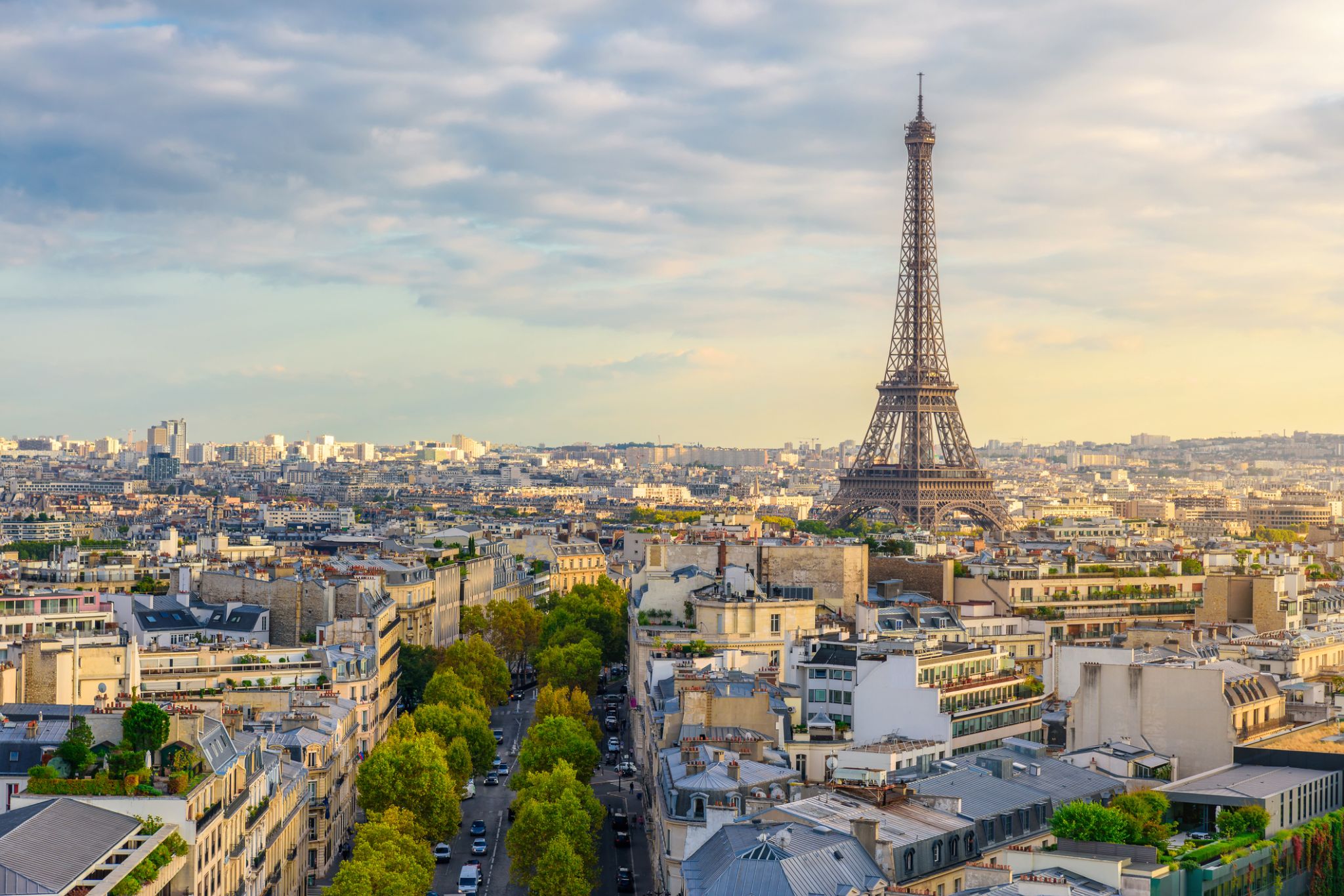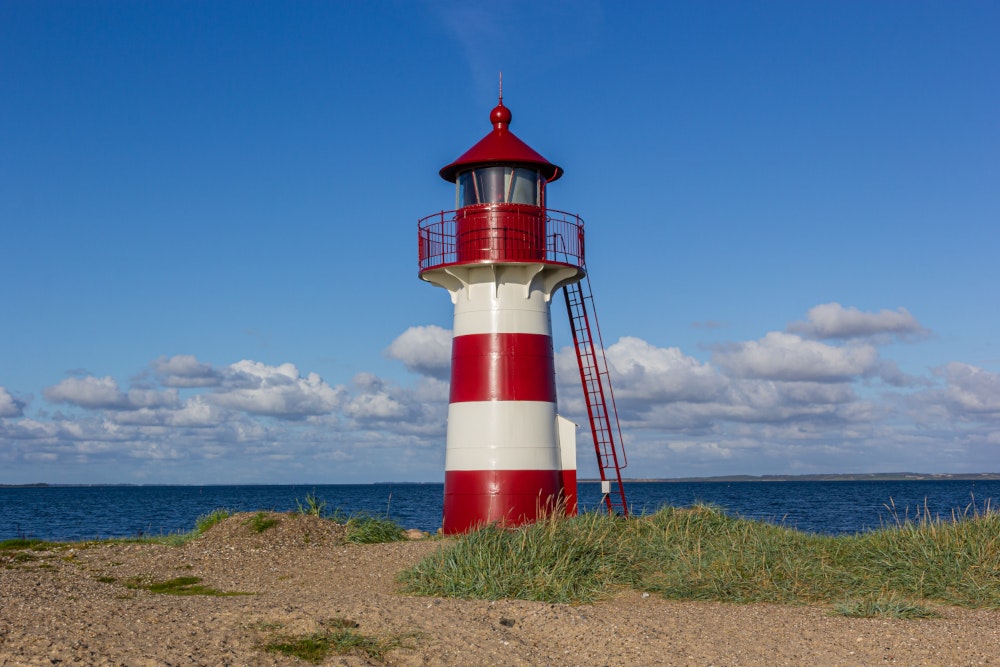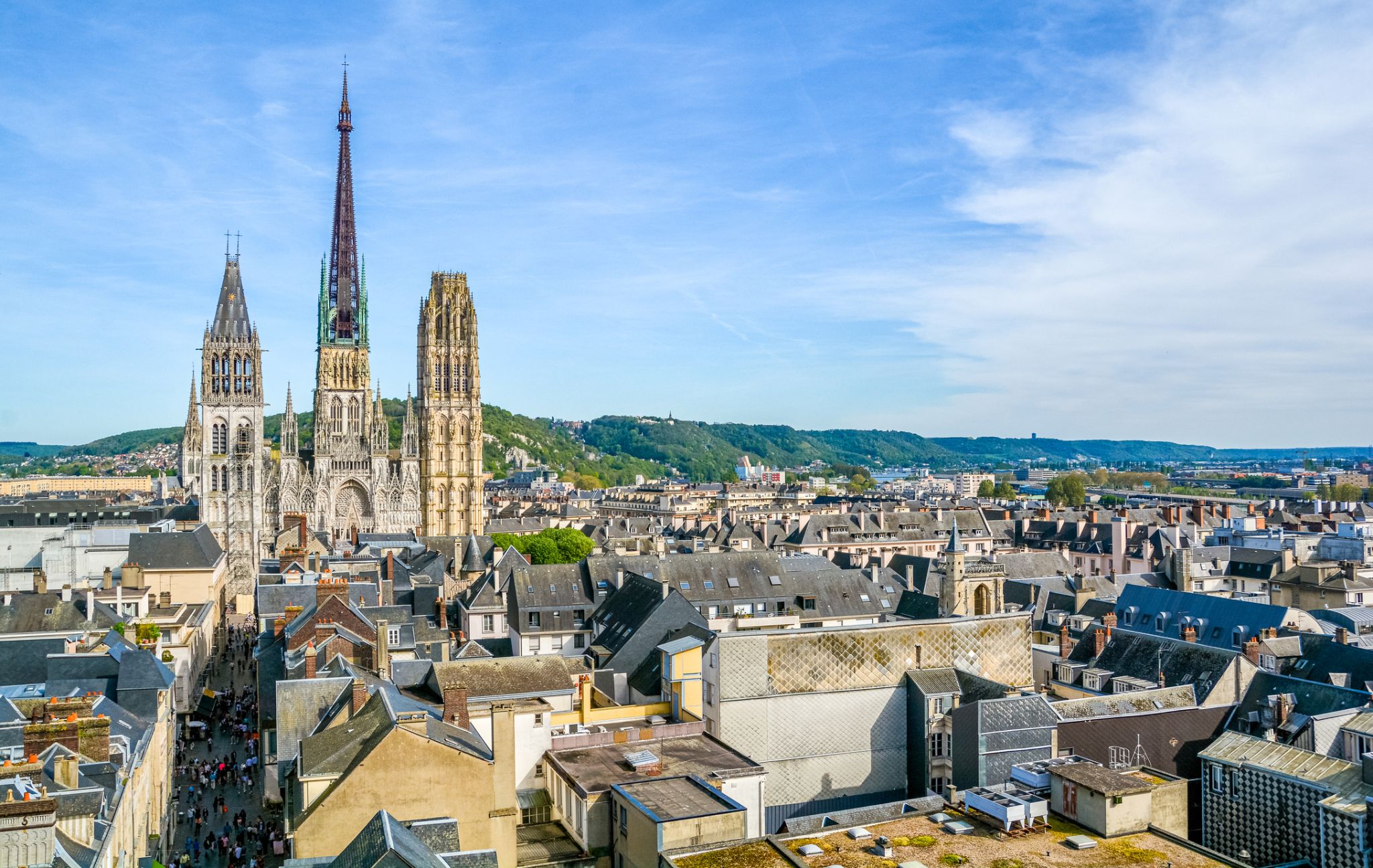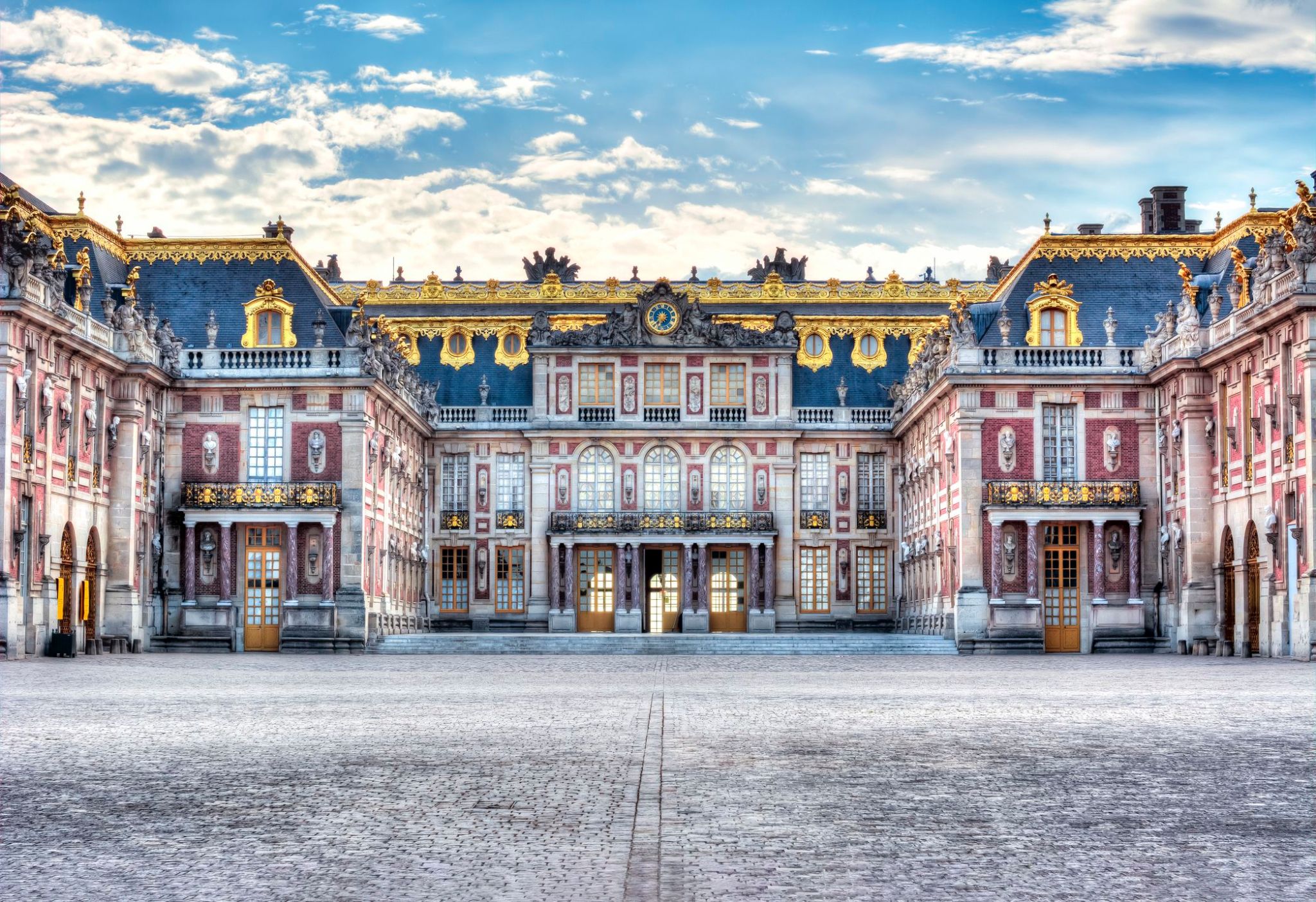

| Company : Uniworld |
| Ship : S.S. Joie de Vivre |
| Journey Start : Sun 21 Jun 2026 |
| Journey End : Sun 28 Jun 2026 |
| Count Nights : 7 nights |
| Day | Date | Port |
|---|---|---|
| 1 | 21.06 Sun | Paris / France |
| 2 | 22.06 Mon | Vernon / France |
| 3 | 23.06 Tue | Rouen / France |
| 4 | 24.06 Wed | Caudebec-en-Caux / France |
| 5 | 25.06 Thu | Rouen / France |
| 6 | 26.06 Fri | Versailles / France |
| 7 | 27.06 Sat | Paris / France |
| 8 | 28.06 Sun | Paris / France |

the capital of France, on the Seine River; population 2,203,817 (2006). Paris was held by the Romans, who called it Lutetia, and by the Franks, and was established as the capital in 987 under Hugh Capet. It was organized into three parts—the Île de la Cité (an island in the Seine), the Right Bank, and the Left Bank—during the reign of Philippe-Auguste 1180–1223. The city's neoclassical architecture dates from the modernization of the Napoleonic era, which continued under Napoleon III, when the bridges and boulevards of the modern city were built.


Rouen is a city on the River Seine in the north of France. It is the capital of the region of Normandy. Formerly one of the largest and most prosperous cities of medieval Europe, Rouen was the seat of the Exchequer of Normandy during the Middle Ages. It was one of the capitals of the Anglo-Norman dynasties, which ruled both England and large parts of modern France from the 11th to the 15th centuries.
The population of the metropolitan area (in French: agglomération) at the 2011 census was 655,013, with the city proper having an estimated population of 111,557. People from Rouen are known as Rouennais.


Rouen is a city on the River Seine in the north of France. It is the capital of the region of Normandy. Formerly one of the largest and most prosperous cities of medieval Europe, Rouen was the seat of the Exchequer of Normandy during the Middle Ages. It was one of the capitals of the Anglo-Norman dynasties, which ruled both England and large parts of modern France from the 11th to the 15th centuries.
The population of the metropolitan area (in French: agglomération) at the 2011 census was 655,013, with the city proper having an estimated population of 111,557. People from Rouen are known as Rouennais.

Luxurious avenues, geometrically precise gardens, and the brilliance of mirrors — here, the past of France comes alive in all its royal grandeur. The palace complex and its surroundings impress with the harmony of architecture and landscape, creating an atmosphere where every step recalls the former splendor of the monarchy.
Once a place where diplomatic agreements were signed and the fate of Europe was decided, it also hosted dazzling balls during the reign of Louis XIV. Today, it inspires thousands of travelers who come not only for the famous Hall of Mirrors but also to stroll through the grand gardens, row on the canal, or explore hidden corners of the park, away from the hustle of tourist crowds.

the capital of France, on the Seine River; population 2,203,817 (2006). Paris was held by the Romans, who called it Lutetia, and by the Franks, and was established as the capital in 987 under Hugh Capet. It was organized into three parts—the Île de la Cité (an island in the Seine), the Right Bank, and the Left Bank—during the reign of Philippe-Auguste 1180–1223. The city's neoclassical architecture dates from the modernization of the Napoleonic era, which continued under Napoleon III, when the bridges and boulevards of the modern city were built.

the capital of France, on the Seine River; population 2,203,817 (2006). Paris was held by the Romans, who called it Lutetia, and by the Franks, and was established as the capital in 987 under Hugh Capet. It was organized into three parts—the Île de la Cité (an island in the Seine), the Right Bank, and the Left Bank—during the reign of Philippe-Auguste 1180–1223. The city's neoclassical architecture dates from the modernization of the Napoleonic era, which continued under Napoleon III, when the bridges and boulevards of the modern city were built.